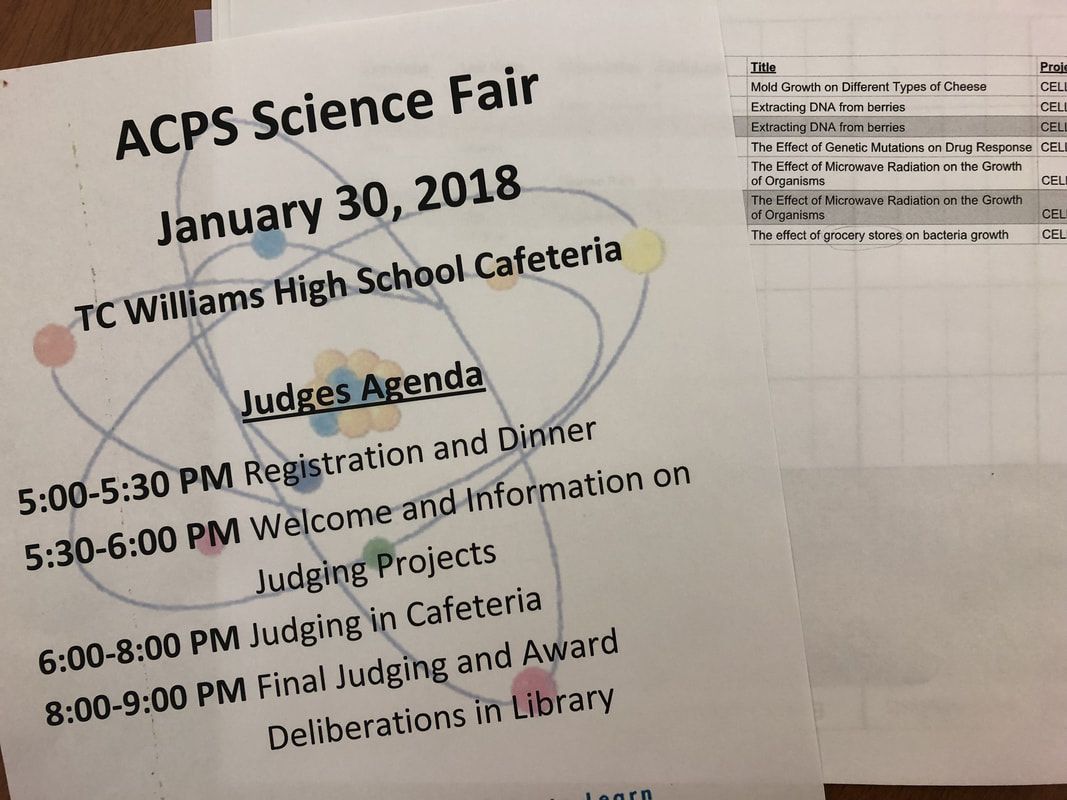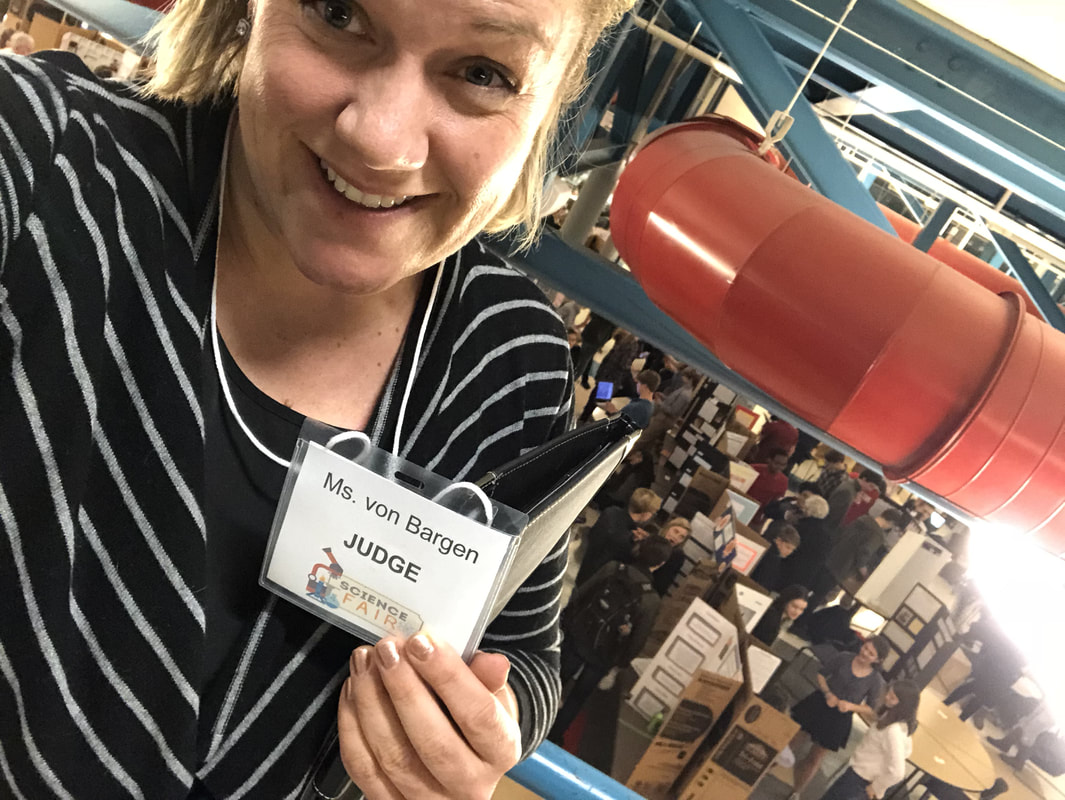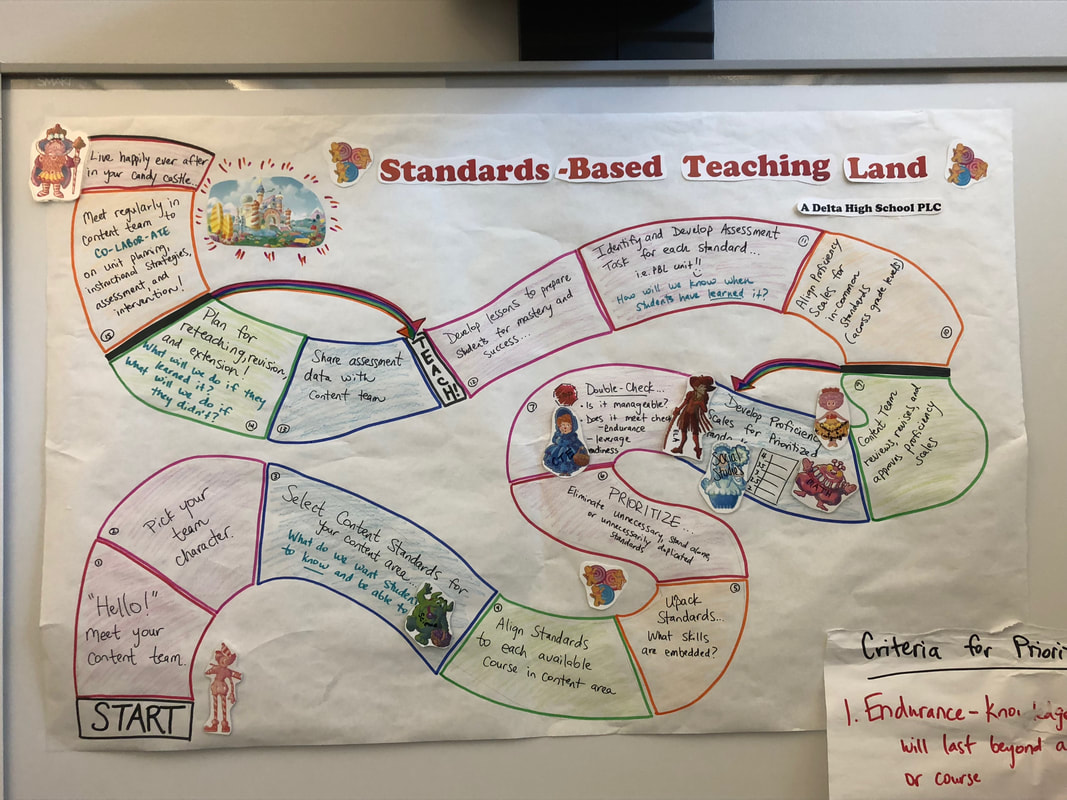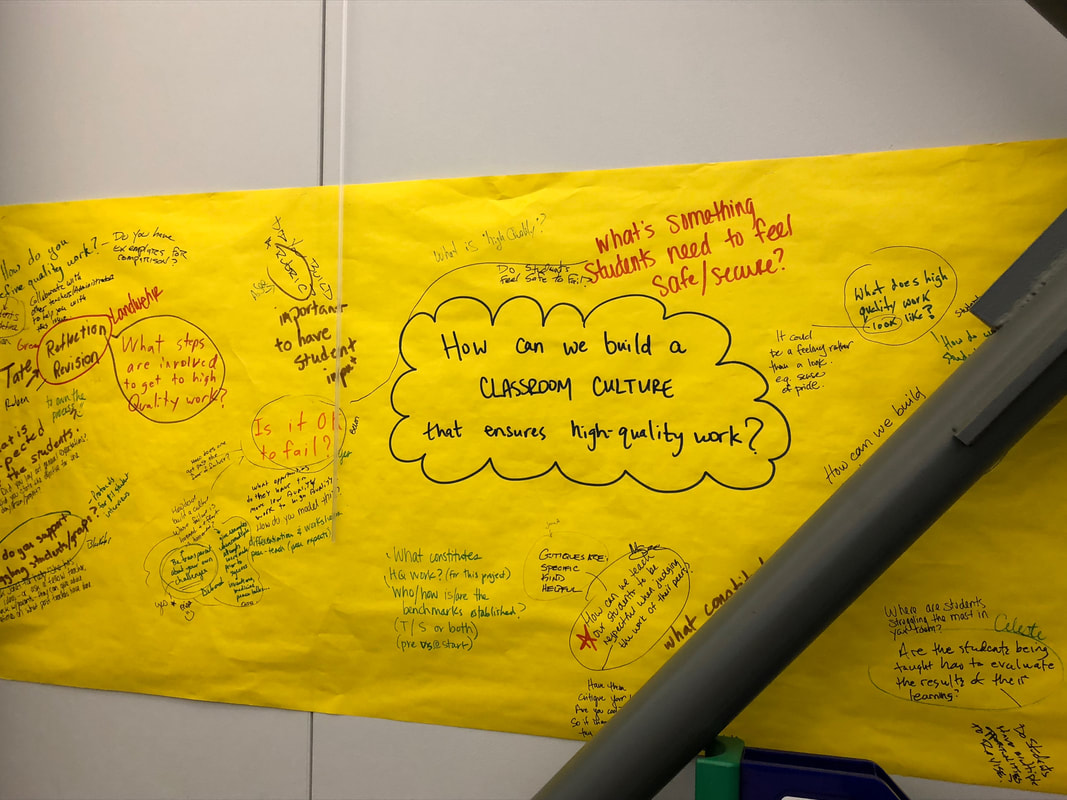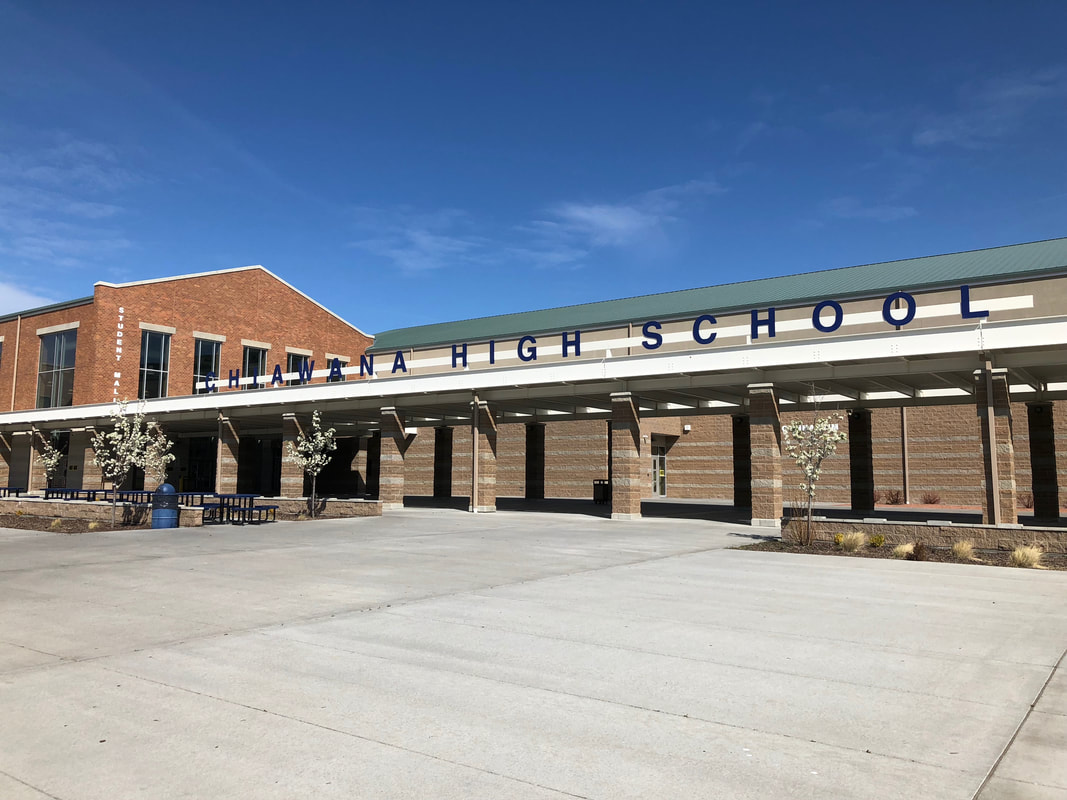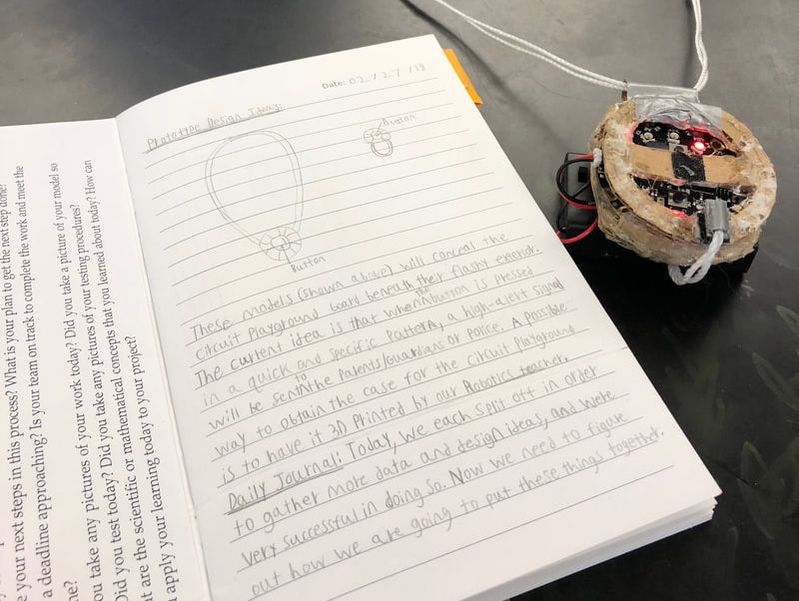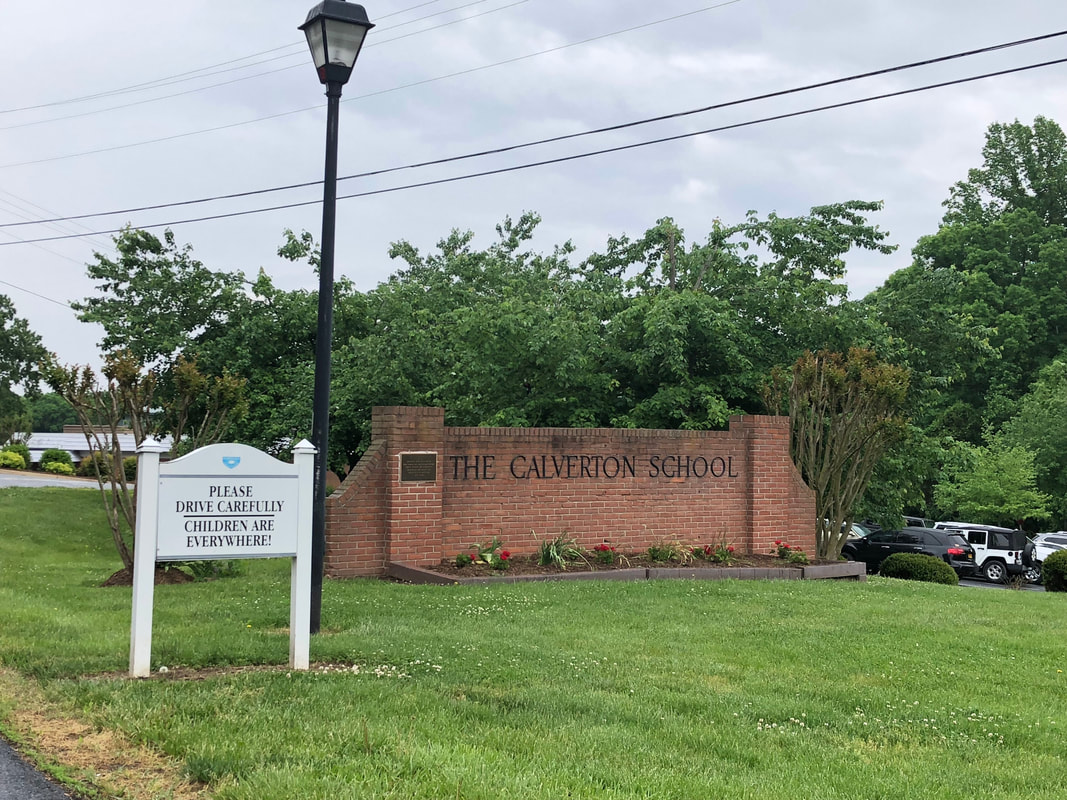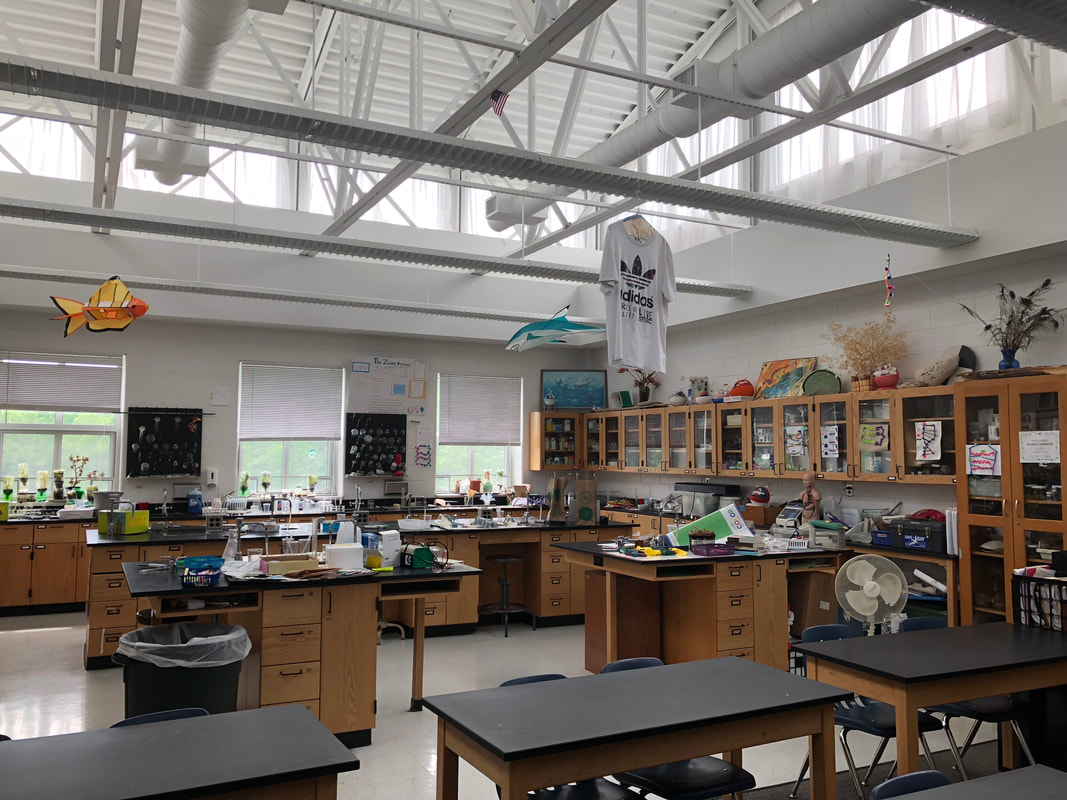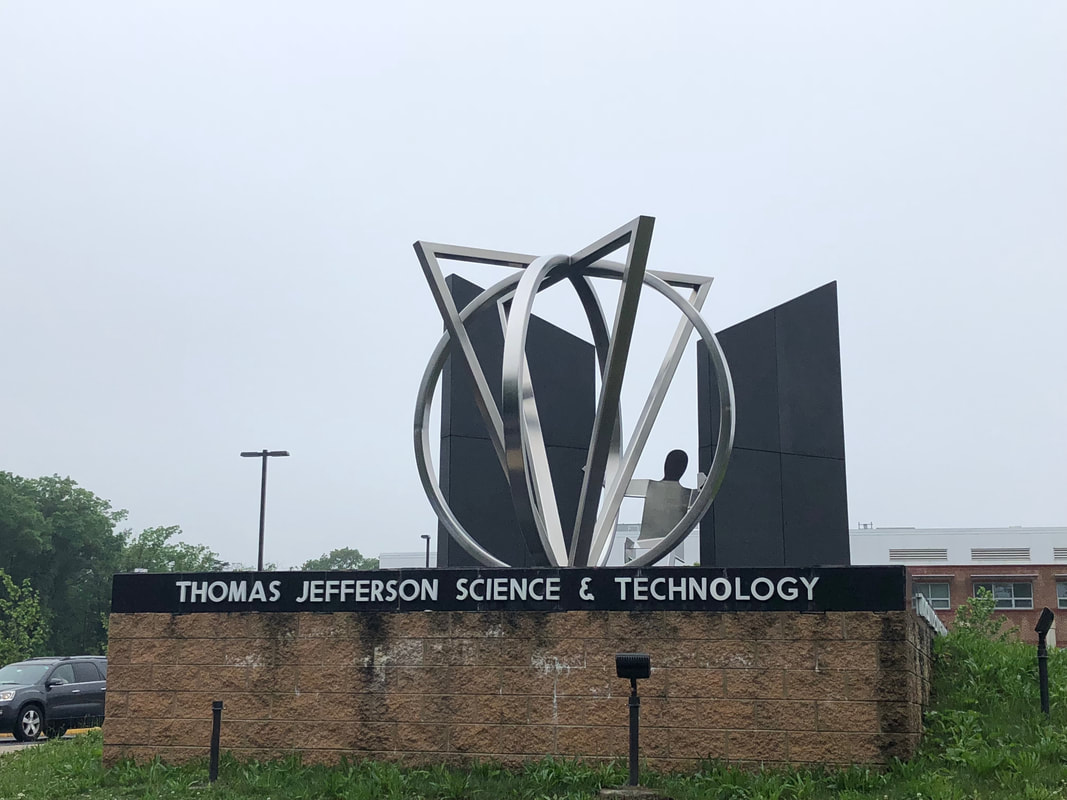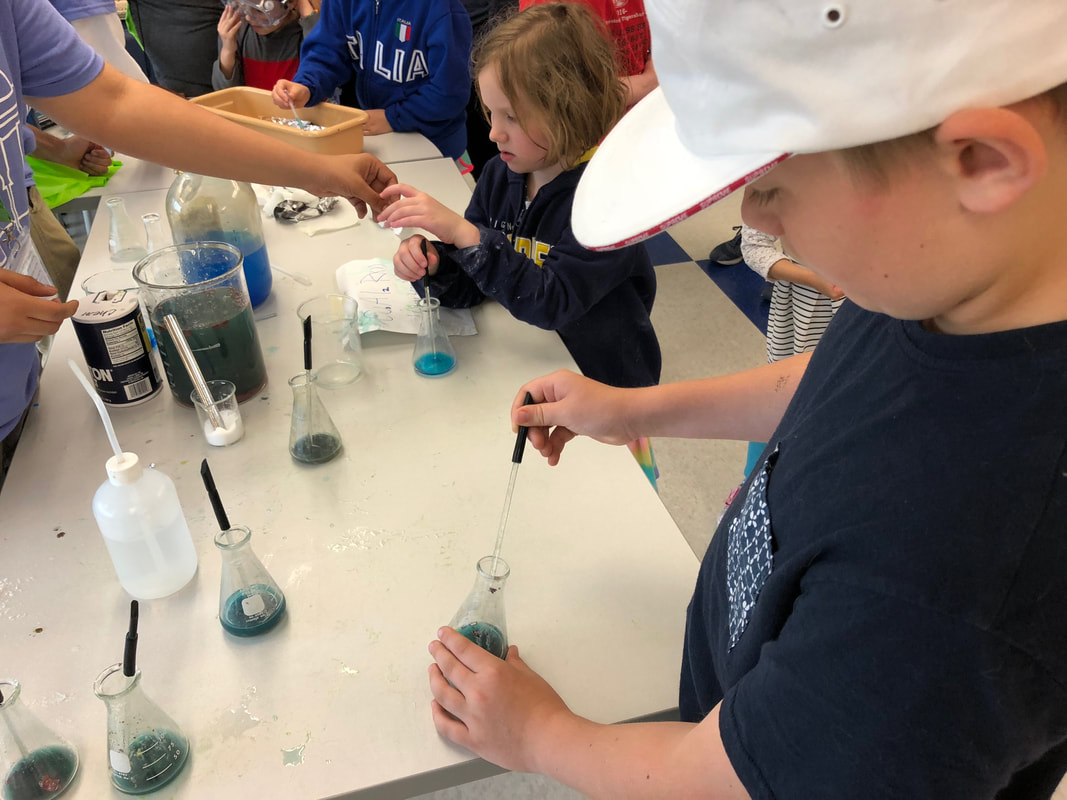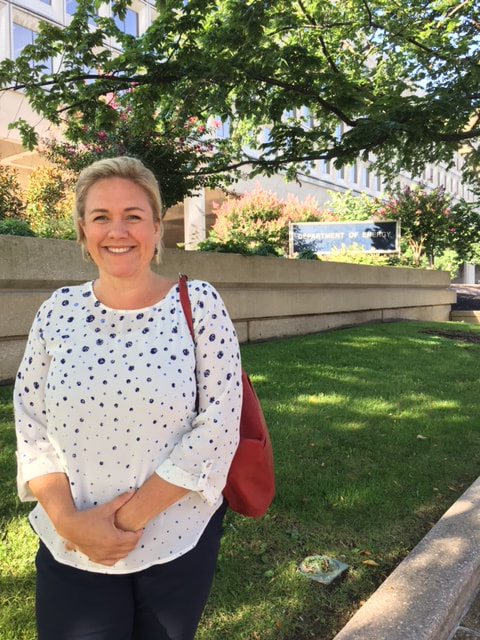|
It’s summer, and in any typical year that would mean I am enjoying a break away from school. This year however, I actually find myself missing school a little bit. I’ve missed the energy, vibrancy, borderline chaos and joy of spending my days in a school. So, as my fellowship year progressed, I took advantage of the opportunity to visit schools to learn about their STEM education programs. In January, I visited T.C. Williams High School in Alexandria to serve as a judge of their annual science fair. The science fair is a district wide event for middle and high school students. The event was a pretty typical science fair, with students presenting the results of their independent investigations. It was interesting to hear from students about their projects; as is typical some of the kids were totally into their projects while others were pretty apathetic! From a logistics standpoint, I was super impressed by the effort to recruit and train volunteer judges from around the community. I hope to take a bit of what I experienced back to my home school for our Group 4 Project community symposium. In April I was able to visit two schools during my visit to the Pacific Northwest National Lab. Delta High School is a small, public high school for students living in the Kennewick, Richland, and Pasco School Districts. At Delta, students are brought together from a variety of backgrounds to create one collaborative community. The faculty is dedicated to creating a highly-personalized, open, and trusting learning environment for all students and their families. STEM is woven into every subject at Delta High School with students engaging in inquiry, problem-solving, and project-based learning. I was inspired by the vision of the school. Next on my school visit list was Chiawana High School, a large comprehensive high school in Pasco. The students and teachers in the school are able to take advantage of their proximity to the Pacific Northwest National Lab by participating in STEM workshops and academies hosted by the lab. I was able to visit a ninth grade physical science class while they were working on a design engineering challenge. It was great to see kids so engaged in their learning. In May I was able to visit the Calverton School, a private school in Maryland with just 300 students K-12. The school is so very different than the large comprehensive public high school in which I teach, yet there are many similarities between the schools, especially around the commitment toward the social-emotional well being of our students. I really enjoyed spending time in the classroom of Dr. Mathers, the IB Biology teacher at the school. She and I had previously met virtually through social media, so it was nice to finally put a face with a name. We chatted about the internal assessments, the extended essay and course sequencing. That might not sound to exciting to the average person, but for me it was GREAT! I was also able to spend time at Thomas Jefferson High School for Science and Technology. “TJ” is a public STEM focused school with a selective admission process. The school consistently ranks as one of "America's Top High Schools." The students at the school annually host a Techstravaganza, a hands-on STEM activity fair that attracts thousands of visitors from the DC area each year. My son and I spent a few hours exploring the school and the 50 different labs and demonstrations the students were presenting. I was actually able to take away some great lesson ideas! The Einstein Fellowship has provided the opportunity for me to visit a diversity of schools with a diversity of students. One thing in common has been the great work that is happening to educate our next generation of STEM thinkers, leaders and citizens.
|
Archives
July 2018
|
I give many of my IB Biology resources away, for the benefit of students and teachers around the world.
If you've found the materials helpful, please consider making a contribution of any amount
to this Earthwatch Expedition Fund.
Did I forget something? Know of a mistake? Have a suggestion? Let me know by emailing me here.
Before using any of the files available on this site,
please familiarize yourself with the Creative Commons Attribution License.
It prohibits the use of any material on this site for commercial purposes of any kind.
If you've found the materials helpful, please consider making a contribution of any amount
to this Earthwatch Expedition Fund.
Did I forget something? Know of a mistake? Have a suggestion? Let me know by emailing me here.
Before using any of the files available on this site,
please familiarize yourself with the Creative Commons Attribution License.
It prohibits the use of any material on this site for commercial purposes of any kind.
